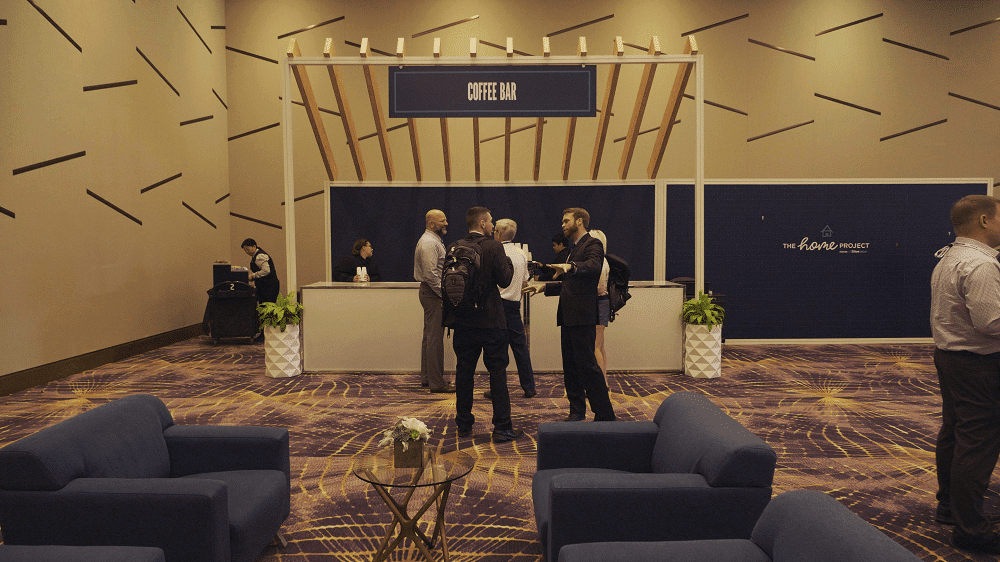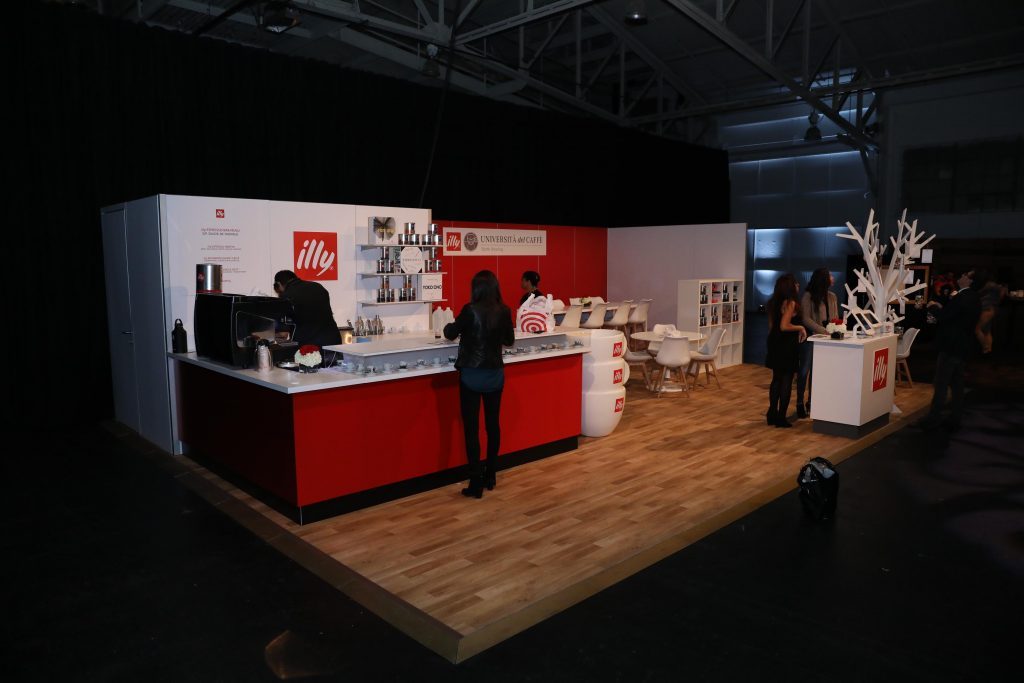Branded events must toe a fine line. It’s important that your audience connects your brand to whatever benefits they gain from attending, but blatant, over-the-top branding can sometimes be a turn-off to attendees and would-be attendees. The most successful branded events are those at which branding is noticeable but is not the focus of the event.
If you shouldn’t make your mark by plastering your name all over your event, how do you brand tastefully?
Experiences Make a Branded Event Memorable
Branding doesn’t make an event memorable; the moments and experiences that make up the event do. With the best events, the branding is something that’s remembered alongside those moments and experiences, not instead of them. What makes an event truly memorable is when it consistently engages or entertains its audience. And what makes an event engaging depends on:
- What kind of event it is
- Who it’s for
- What your event goals are
Keep those things in mind when planning, because they’ll dictate the design and experiential decisions you make. If you make the right choices, those will be the elements that make your event memorable. When someone walks into an event, they’re expecting to be wowed, one way or another. At a trade show, they’re expecting to see some amazing new industry innovations, connect with old friends, and make new contacts. At a product launch, your guests want to be entertained as well as informed. The most memorable events meet and then exceed expectations, so the guest/attendee experience is always the most important thing to keep in mind.
Three simple and effective ideas?
- Design a selfie booth, where guests can take selfies and upload them to their social media accounts.
- Create an event hashtag that guests use when posting from your event.
- Design a Snapchat filter or emoji that references your brand.
The result? Guests have fun, and they spread the word about your brand, boosting your visibility.
What to Brand
Branding has three main objectives:
- Increase brand awareness
- Increase audience engagement
- Drive sales
For event branding to be effective, it should address at least one of these goals. Great branding can do all three by being highly visible, inviting interaction, and providing information that makes a company’s offerings too irresistible to ignore.
With these goals in mind, it makes sense that some kinds of branding are more effective than others. While some event planners make the mistake of slapping a logo on everything in sight, the best event planners know good branding is more subtle. It’s focused not just on literal branding but also on creating branded experiences and memorable moments for people who attend the event.
When you’re thinking about what to brand, therefore, think about what your attendees are interacting with, as well as what they’re looking at, during an event.
Bring It Online: Websites, Apps, And Social Media
The most effective branding campaign starts before the event does. Building a website is a given because people need to know about your event and what it’s offering. The website is an integral part of—and an introduction for most attendees to—the event, so it should be branded as such. It might even be their introduction to your brand!
All of this means it’s important for your event website to effectively communicate your brand, through the use of logos and other graphics, as well as colors, fonts, and text.
The other side of the tech coin is the event app. Not all events need them, but when used well, they greatly enhance the attendee experience. For your app to be a success, it should be genuinely useful or fun and add something meaningful to the event. This ensures people will use it and get familiar with your brand, and your investment and branding aren’t wasted.
Don’t forget to make good use of social media in the lead-up to the event. Regular Twitter updates and event hashtags help you keep your audience informed about what they can expect. It also gives them a place to talk about it, which can help generate interest and visibility.
Develop the Theme and Branding Consistently
Consistency is key when it comes to branding. Your brand, event theme, and company ideology must all be consistent for your branding efforts to be successful. For instance, if your company is all about minimalism and reducing waste, simple décor and recyclables are the order of the day.
There’s no need to be overly subtle when designing event décor, as long as whatever you design is in keeping with the theme. Even so, it’s still important to incorporate branding elements with care, simply because branding must be visible to be effective. The majority of your branded elements should be located in the primary event areas, with limited use of branding in public areas that won’t see much use.
Make the End of the Event Matter
The end of an event matters just as much as the start, if not more. You want to send people off feeling great about what they’ve just seen and experienced—and with your brand in mind. Mark it with an awesome experience, like an outro set from the band, a fireworks display, or some truly awesome swag bags.
Swag also gives you the chance to offer your attendees something tangible they can take home. Branded swag is most welcome when the giveaway items are genuinely useful. It’s tempting to keep costs down with low-cost items like keychains and pens, but swag is pointless if it ends up in the trash the day after the event. Make your swag count by giving away items that are of good enough quality that people will use them. Some ideas include:
- Portable chargers
- Food items
- Reusable water bottles
Not Everything Needs to be Branded
It’s not always true that less is more when it comes to branding, but there is a point at which more is too much. Some items just aren’t important for branding purposes, and that’s a good thing. Using branding sparingly can help trim your budget and prevent logo fatigue. Splashing your logo all over every item in the room can look tacky, and there are few events where that’s the desired result!
Avoid Gratuitous Branding
If your branding is useful, it’s more likely to be noticed and appreciated. With this strategy, you just eliminate branding that doesn’t serve an additional purpose. Keep the branded signs that announce the location of the event or point the way to restrooms. Keep the monogrammed napkins and cups. But if any of your branding is there purely for branding purposes, feel free to lose it.
Being selective might seem unproductive, but these days it can be an effective way to brand an event. Consumer distrust and cynicism remains high, and overt branding is rarely appreciated. Keeping it minimal can be more effective than you might think.
No Need to Brand Throwaways
Branding perishable and disposable items can be an effective strategy, but it’s not necessary. If you do a great job with décor and experiential branding, you don’t need to brand disposable cups or design monogrammed cupcakes. These items won’t last past the event, so it’s a good place to save money if you’re on a budget.
Even if you decide not to brand these items, they can still fit the design theme. Buy them in the right colors, and they’ll look like they’re part of the branded experience, even without your logo.
The Key to Great Branding
Above all else, a great branding campaign is consistent. That’s as true for event branding as it is for any other kind. Stay on message with branding and theme, and provide some great experiences for your audience. This way, you’re all but guaranteed a memorable event that will get the results you’re looking for.











